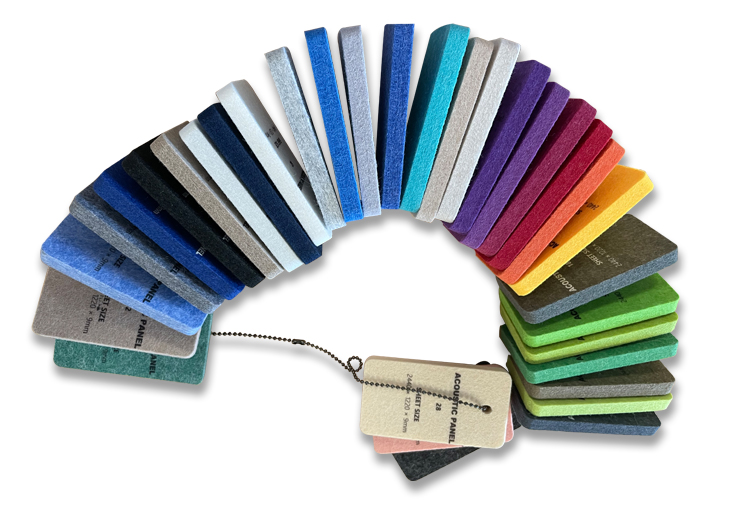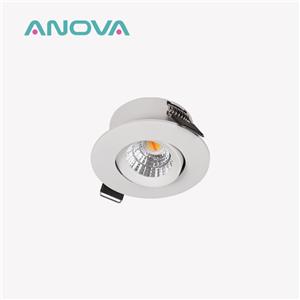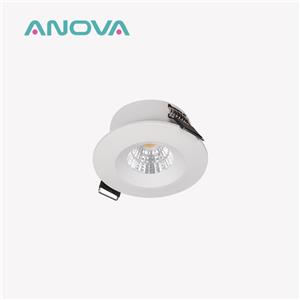What is Acoustic Lighting?
Acoustic comfort is an important consideration in interior design. As more and more open-plan office areas are created, acoustic comfort is becoming more and more important. Further, an aesthetic trend toward open ceilings has become more popular, resulting in traditional acoustic ceilings disappearing. Building owners and managers have a number of options to address acoustic comfort, from vinyl or cork flooring to noise-reducing shades or soundproof blinds to sound-absorbing panels. Lighting manufacturers developed their own solution: acoustic luminaires. Anova Lighting, one of the lighting manufacturers, is also developing this solution.
These luminaires produce general illumination while incorporating some type of sound-absorbing material into their design to reduce ambient noise. While they are not a panacea, often carry a cost premium, and require expertise for evaluation and application, they can be effective contributors to a building's acoustical comfort strategy.
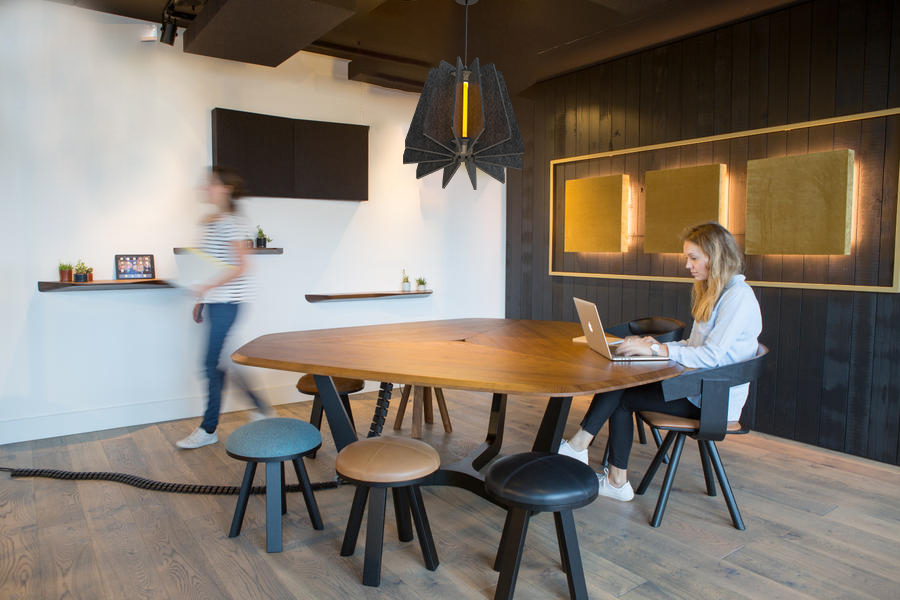
Acoustic Lighting
Similar to light rays, sound can be reflected, transmitted, and absorbed. Acoustic management therefore uses an “ABC” approach to reduce noise: absorb, block, or cover up. For absorption, the foremost goal is to reduce reverberation time, or the continuation of sound after the source of the sound has stopped.
PET panel is composed of 100% polyester fiber, non-toxic and odorless. Its raw material comes from discarded plastic bottles, which is environmentally friendly esstentially. It has better environmental protection and sound absorption effect than glass fiber.
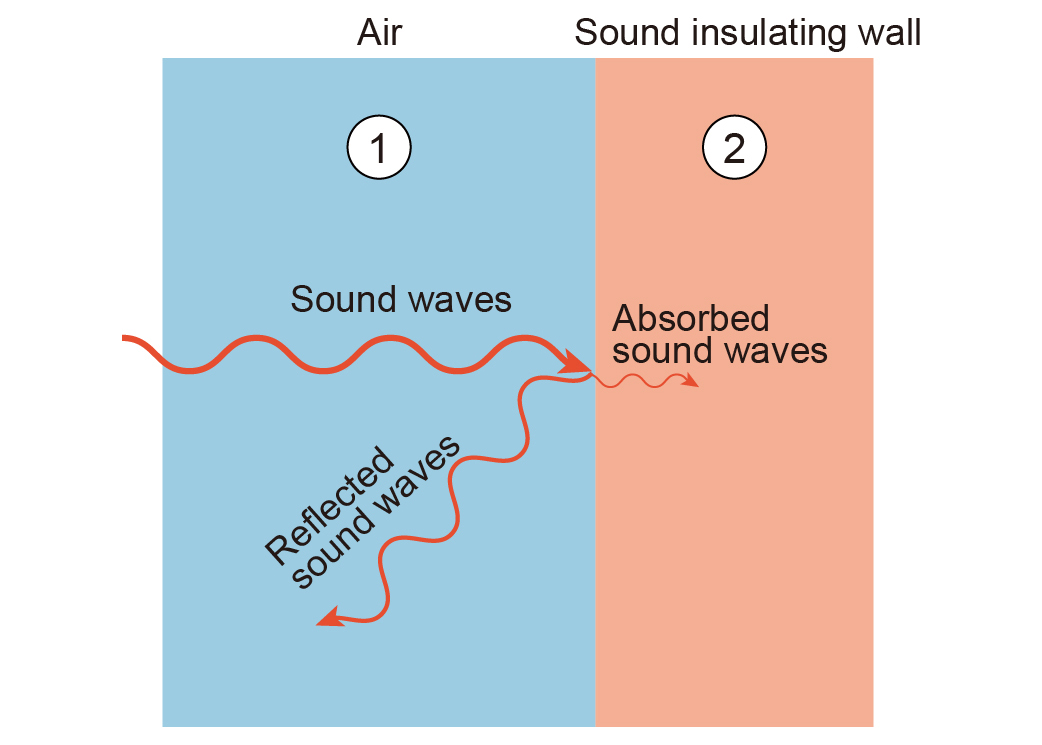
Open offices are naturally a major application for this product, though it is applicable anywhere acoustic comfort is important: schools, meeting spaces, gymnasiums, studios, cafeterias, libraries, courtrooms, performance spaces, and others.
Evaluation and application
Acoustic luminaires could be regarded as lighting fixtures with an added feature. As such, they should first and foremost be evaluated based on their ability to perform their primary function of providing general illumination.
There are a number of metrics that can be used when it comes to the sound absorption effect of a luminaire. An example is the common noise reduction coefficient (NCR). There are a number of metrics that can be used when it comes to the sound absorption effect of a luminaire. An example is the common noise reduction coefficient (NCR). The noise reduction coefficient (commonly abbreviated NRC) is a single number value ranging from 0.0 to 1.0 that describes the average sound absorption performance of a material. Conversely, an NRC of 1.0 indicates that the material provides an acoustic surface area (in units sabin) that is equivalent to its physical, two-dimensional surface area. This rating is common of thicker, porous sound absorptive materials.
The PET sheet (100% polyester) used by Anova achieves NRC 0.6 acoustic absorption and it is 100% recyclable, its flame retardant rate can meet the requirements of ASTM E84 Class A and EN13501 Class B. It is a new type of material widely used in the field of construction and decoration. Compared to other acoustical material, PET panel has more colors and shapes to choose.
